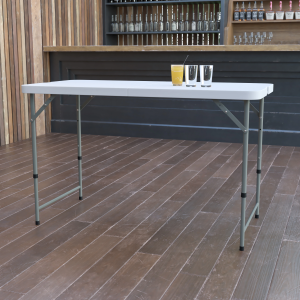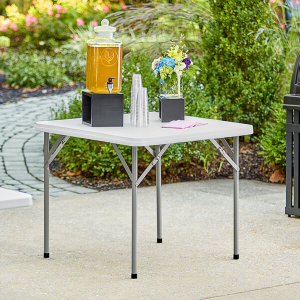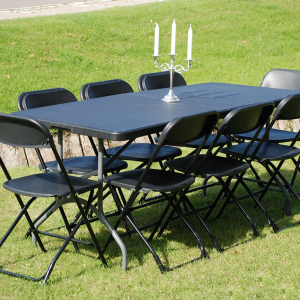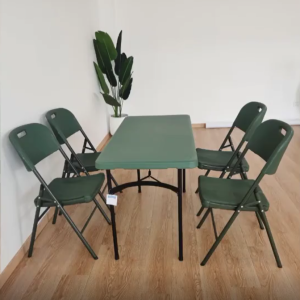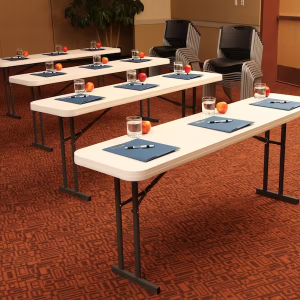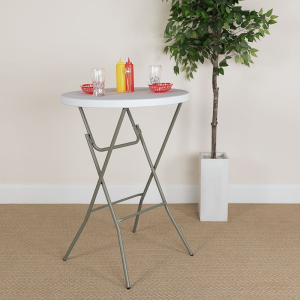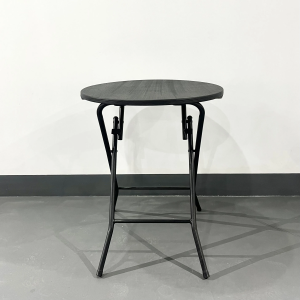More
The Artistry of Plastic Table Tops: Unveiling the Main Ingredients of Texturizing Agents and Pigments
The Artistry of Plastic Table Tops: Unveiling the Main Ingredients of Texturizing Agents and Pigments
Introduction
Plastic folding tables are not just utilitarian surfaces; they are also canvases for creativity and style. The visual and tactile appeal of these tables is enhanced through the use of texturizing agents and pigments. But have you ever wondered what the main ingredients behind these artistic enhancements are? In this blog post, we’ll unveil the key components that bring texture and color to plastic tabletops.
Elevating Aesthetics: Texturizing Agents
Texturizing agents are responsible for creating patterns and textures on the surface of plastic tabletops. These textures not only enhance the visual appeal but also provide a tactile experience. The main ingredient in many texturizing agents is Acrylonitrile Butadiene Styrene (ABS).
ABS: The Artistic Enabler
Acrylonitrile Butadiene Styrene, commonly known as ABS, is a thermoplastic polymer. It is highly versatile and renowned for its strength and rigidity. ABS is a key ingredient in texturizing agents due to its ability to be molded and shaped into intricate patterns and textures during the tabletop manufacturing process. This allows manufacturers to create a wide range of textures, from wood grain-like patterns to modern, sleek finishes, elevating the tabletop’s visual and tactile appeal.
Aesthetic Enhancement: Pigments
Pigments are the magic behind the vibrant colors that adorn plastic tabletops. These colors not only add personality to the tables but also allow manufacturers to offer a broad range of options to cater to diverse preferences and settings. The main ingredients in pigments vary, but many of them are based on organic or inorganic compounds.
The Power of Color: Organic and Inorganic Pigments
Organic pigments are derived from carbon-based compounds and often provide a wide range of vibrant, rich colors. Inorganic pigments, on the other hand, are made from minerals and metal oxides and are known for their stability and lightfastness. These pigments, whether organic or inorganic, are finely ground and carefully mixed into the plastic resin to create the desired color. From classic white to a spectrum of vibrant shades, these pigments ensure that plastic folding tables can suit a variety of preferences and settings.
Endless Possibilities: Beyond Tables
Texturizing agents and pigments don’t just enhance plastic tabletops; they offer endless possibilities for creating cohesive and visually appealing environments. Whether you’re planning a wedding reception, a corporate event, or a casual family gathering, these additives allow you to seamlessly integrate tables into your chosen theme and décor.
Conclusion
The main ingredients behind texturizing agents and pigments in plastic folding table tops, such as ABS for texturizing agents and organic or inorganic compounds for pigments, are the artistic enablers that elevate these tables from mere surfaces to works of art. ABS adds depth and texture, creating visual and tactile appeal, while pigments offer a spectrum of colors, enabling you to curate the ambiance you desire. The next time you enjoy a meal, host an event, or work on a project on a plastic folding table, you can appreciate the science and artistry that contribute to its aesthetics.



